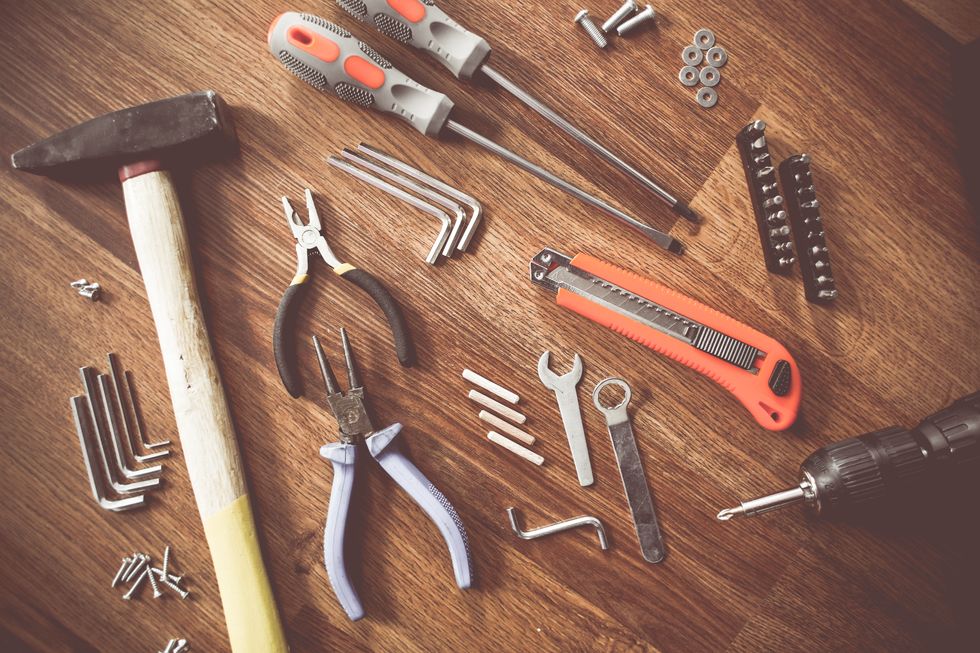Today, we’re going to do something a little different: We’re going to run a thought experiment.
Let’s pretend we’re having a soapbox car race between two competitors. For those of you who are unfamiliar with the term, this is a kind of race where you’re using a car built completely from scratch. The car has no motor, so the race takes place on a downward incline, usually a hill. (I encourage you to look this up when you have the chance.)
Let’s suppose that we have two racers, Jenny and Sammy. Both girls have been excited to race for about a couple of months now, and winning the soapbox race is all they have been talking about. As such, both girls have spent their full time and energy into building their cars. However, Jenny and Sammy have taken different approaches.
Jenny is absolutely theoretical to her approach. She has spent the past couple of months reading about Newton’s laws of motion, friction, aerodynamics, and building materials. This has all helped her make the blueprint for what she sees as the perfect soapbox car. A couple of weeks ago, she even went to the hill where the race would be to calculate the angle of incline and incorporate that into her car. Jenny didn’t start building her car until last week, but she thinks her calculations are near to perfect.
Sammy is on the other end of the spectrum. She is 100% hands-on. Although she hasn’t touched a single book on mechanics or drawn a single blueprint, she has been working on building her car for the past couple of months. She isn’t sure what exact specifications make the perfect soapbox car, but she’s been testing her car on the hill on a frequent basis. After every trial, she’s been refining her design to make her car the fastest in the race.
So we have our two racers (let’s say out of 10, who are somewhere in the middle). One’s a pure theorist, one’s a pure experimentalist.
Who’s going to win? Jenny or Sammy?
While it is plausible, I don’t think either of them will win. I think it will be one of the other soapbox racers. Here’s why:
When you’re trying to solve a problem, especially in science and engineering, you should try to do two things. First, you need to know the underlying concepts behind what makes something work, and use that to come up with an idea on how to best solve the problem. Second, you need to test whether your method or prototype works. If it doesn’t work the way you want it to, you have to figure out where it went wrong, refine your methods and your prototype, and then test it again.
Let’s go back to Jenny and Sammy. While both of these budding racers are audacious, they don’t synthesize gathering information and planning with trial and error. As a result, they are will more likely have gaps in their approaches, preventing them from being able to piece together the big picture and actually build the fastest car possible.
So the next time you try to solve a problem, take a double approach. Make sure that you have prior knowledge and planning, and then actually refine your process through hands-on work. Who knows? Maybe you’ll be winner in this race!
















